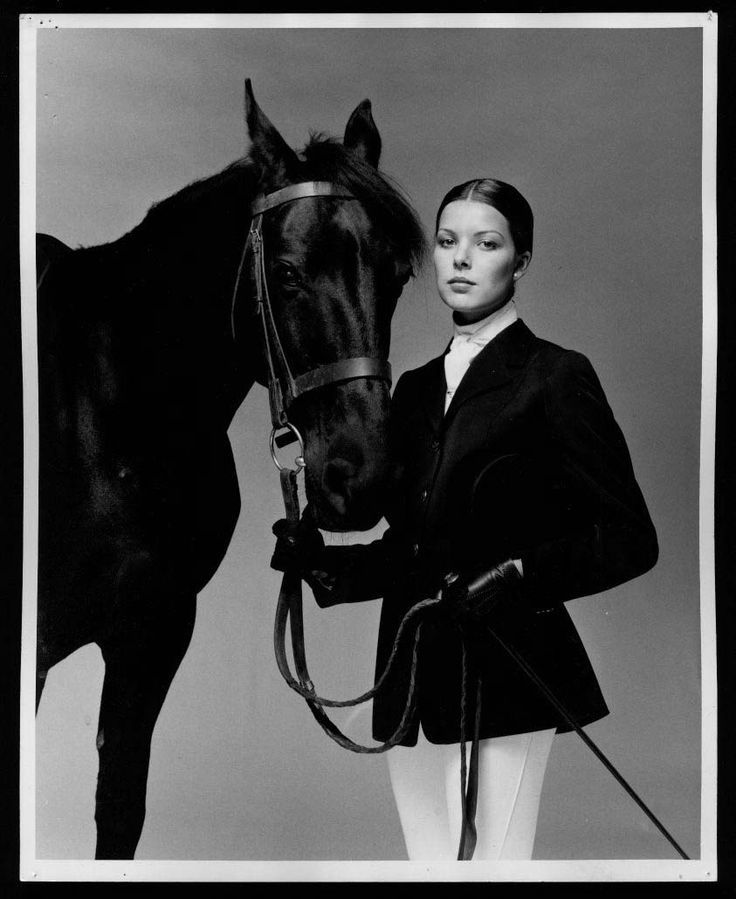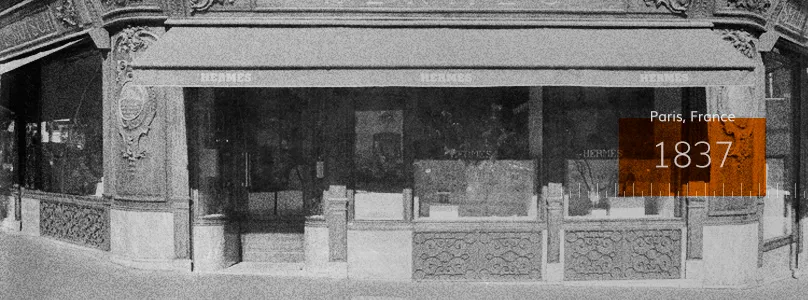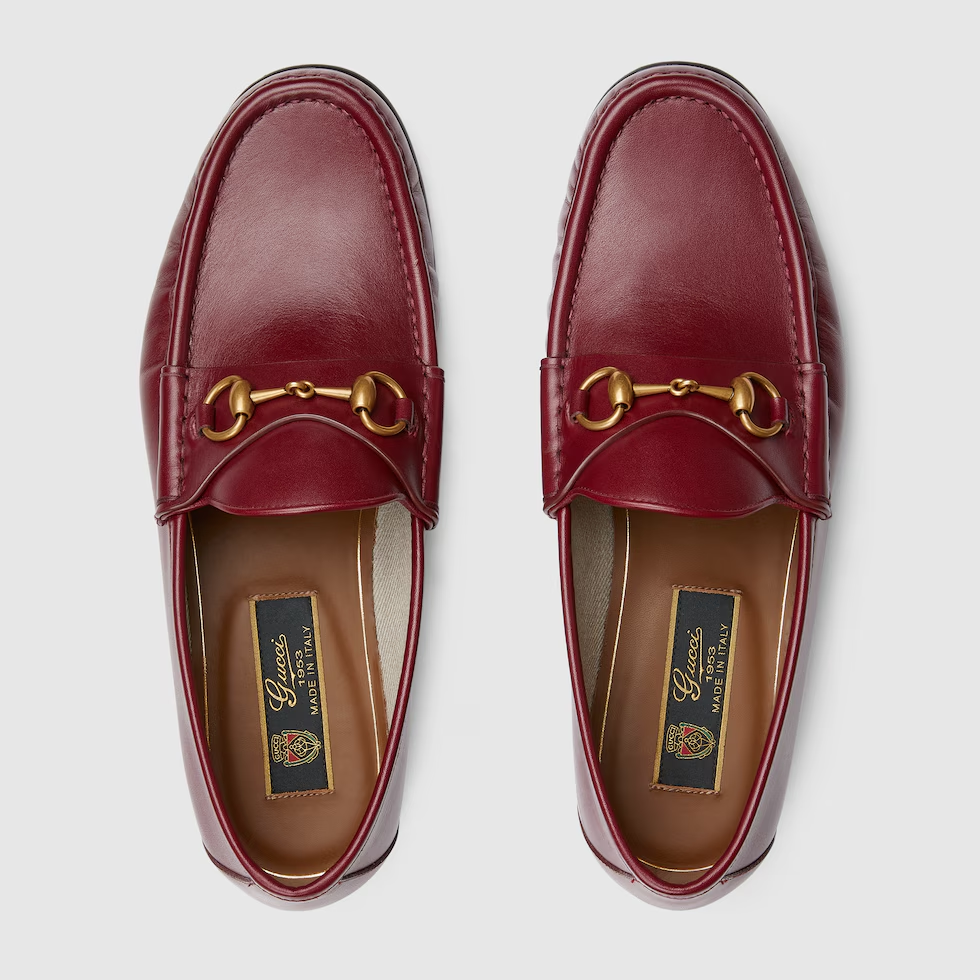Riding Through Fashion History: The Legacy and Allure of Equestrian Style
From polished leather boots to perfectly tailored blazers, equestrian style has galloped through the world of fashion for decades, quietly commanding elegance, discipline, and luxury. It began in the stables, but over time, its influence found a home on the runway, in editorials, and on city streets. What started as functional riding gear evolved into an aesthetic that merges tradition with timeless appeal. Whether it’s the sleek silhouette of a riding jacket or the quiet power of a pair of tall boots, equestrian fashion doesn’t just endure. It keeps riding ahead.
Equestrian clothing was never designed to be fashionable. It was beautifully built for movement, protection, and control. Early riding gear supported posture and grip while maintaining a sense of poise and formality. Jodhpurs, tall leather boots, crisp white shirts, and structured jackets weren’t about trend. They were about function. But the clean lines, rich textures, and dignified silhouettes naturally crossed over into classic fashion.
Even British tailoring has equestrian roots. Savile Row, famous for sharp suits, once made riding breeches for aristocrats. Houses like H. Huntsman & Sons began by dressing horse riders, and elements like side vents, high armholes, and structured shoulders came directly from the need for ease in the saddle. Today, the precision and elegance of these silhouettes still carry that history, even in modern menswear.
Several major luxury houses owe much of their identity to equestrian culture.
Hermès began in 1837 as a harness workshop. Its logo still features a horse-drawn carriage, and its signature leatherwork, from saddles to the Birkin and Kelly bags, continues that legacy.
Thierry Hermès founded Hermès in Paris as a harness workshop serving European nobility, crafting harnesses and bridles for carriages.
Photo: https://baghunter.com/blogs/insights/hermes-brand-history-timeline
Photo: https://www.hermes.com/us/en/content/271366-six-generations-of-artisans/
Ralph Lauren built an entire empire around upper-crust American leisure, with polo shirts, leather belts, and riding boots defining his signature style since the 1980s. His 1985 collection leaned into equestrian chic with a refined mix of plaid, suede, and velvet, polished boots, and whip-thin belts.
Gucci introduced the horsebit loafer in 1953, now one of its most iconic pieces. The brand often taps into its equestrian roots with leather hardware and saddle-like detailing. In its Aria Fall/Winter 2021 collection, Gucci took things further: models wore velvet riding helmets and sleek tailoring, blurring the lines between horseback heritage and high-fashion fantasy.
Photo: https://www.lofficielbaltic.com/fashion/gucci-unveils-the-gucci-aria-collection-with-balenciaga
And Burberry, while best known for its trench coat, has long featured countryside coats and checked blanket capes. Its Fall/Winter 2012 collection leaned fully into this mood, bringing classic British countryside elegance into a more urban setting.
Burberry 2012 Fall/Winter Ad Campaign.
Photo: https://hypebeast.com/2012/6/burberry-2012-fall-winter-ad-campaign
Burberry’s Fall 2012 Collection by Christopher Bailey.
So why does equestrian fashion last? Because it balances opposites: strength and elegance, structure and ease, tradition and subtle rebellion. A long coat that moves with purpose. Boots that feel grounded. A cinched waist that polishes without shouting. For decades, it’s been linked to wealth and discipline, but today, these symbols are being reinterpreted through more inclusive, diverse perspectives.
Modern style icons also carry equestrian chic into real life. Charlotte Casiraghi, the Monégasque royal and competitive show jumper, moves effortlessly between high-profile fashion events and time spent in the saddle, embodying the enduring connection between equestrian culture and contemporary fashion.
Equestrian fashion may have began in the stables, but its influence continues to move through fashion history with poise and relevance. In a world where trends come and go faster than a racehorse, the staying power of this aesthetic reminds us of the beauty in structure, tradition, and subtle power. Whether it’s on the runway, in the pages of a campaign, or walking down the street in a good pair of boots, equestrian elegance always finds a way to ride on.
XOXO, The Fashion Stock Market
Cover Photo: https://www.pinterest.com/pin/153052087331396365/
Editor: Felicity Field



















